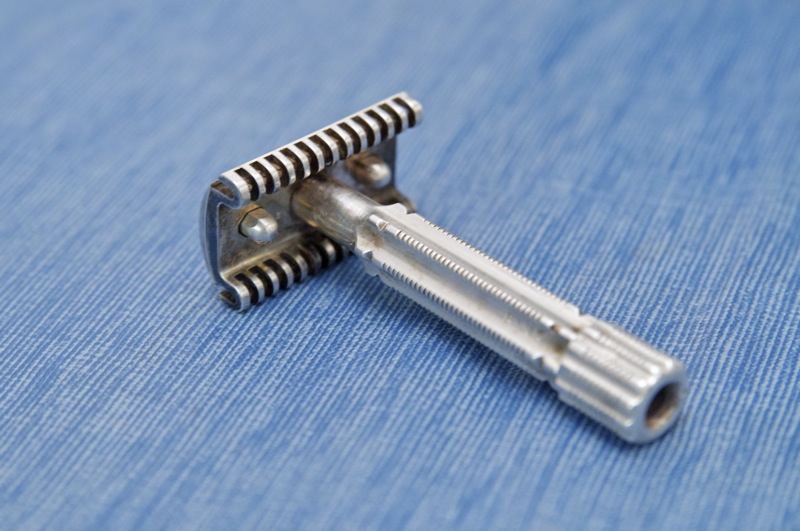Open comb= teeth
Closed comb=no teeth
Meh... makes sense to me.
Closed comb=no teeth
Meh... makes sense to me.
There's no such thing as a closed comb.

End of nitpick

You are correct! Most people eat their sandwich in the "closed-face" orientation with the filling sandwiched between the bread. You could argue that an "open-faced" sandwich was not really a sandwich at all as the filling is not in fact sandwiched between anything.
Not sure a closed combe could combe anything, so can see why one might argue that the term is being mis-applied.

Ooooh, ya..... "Hybrid" is way cool with the 2011 hipsters!The R41 is another kettle of fish. Most have been calling it a "tooth comb," which seems to be the literal translation from German (Zahnkamm). It definitely has a safety bar, but looks more like a hybrid -- which has a better ring to it, IMO, than "combed safety bar."
Ooooh, ya..... "Hybrid" is way cool with the 2011 hipsters!

